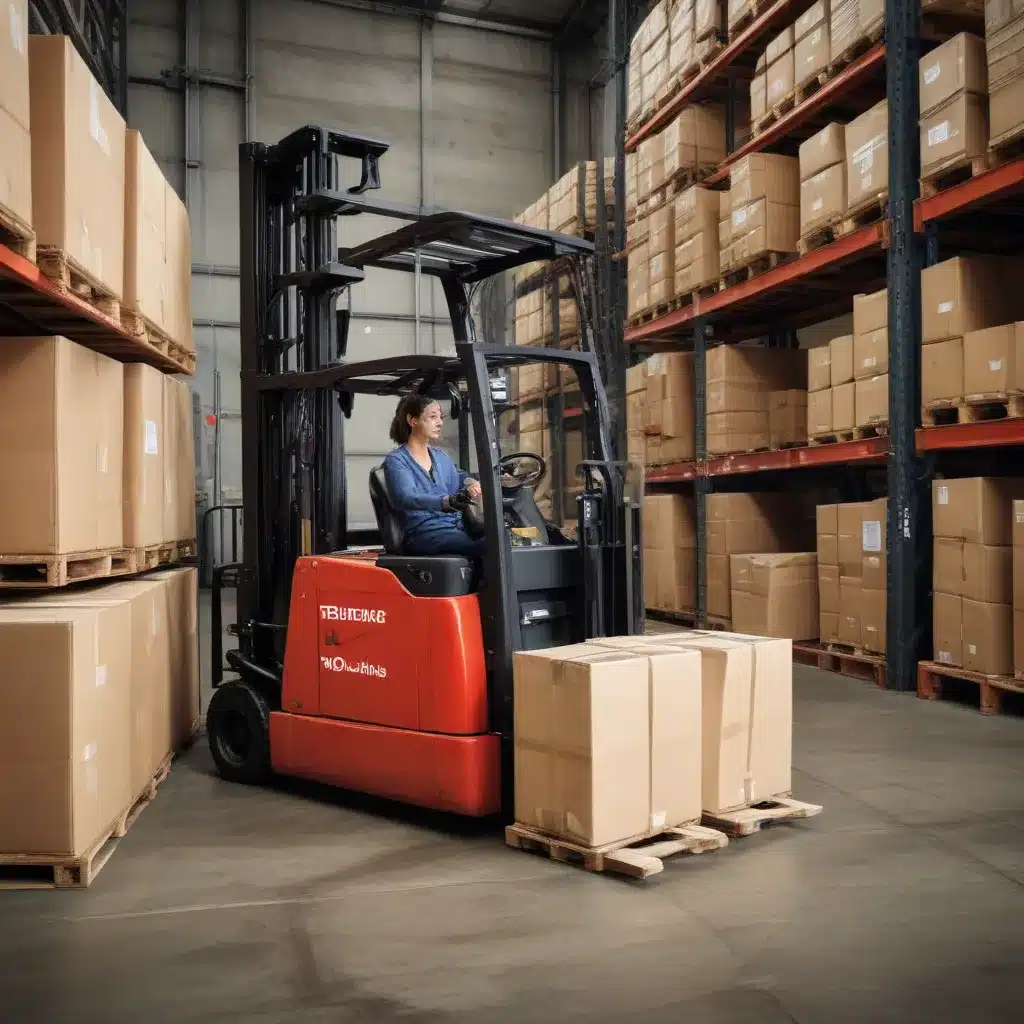
Unlocking Operational Efficiency with Specialized Forklift Accessories
In the fast-paced world of supply chain logistics, every minute counts. Forklift attachments have emerged as game-changers, enabling warehouse managers and logistics professionals to streamline operations, enhance productivity, and gain a competitive edge. From versatile tire clamps to innovative automated guided vehicles (AGVs), these specialized accessories are revolutionizing the way we approach material handling and inventory management.
Tire Clamps: The Unsung Heroes of Tire Logistics
Tire clamps have become indispensable tools in the logistics sector, offering efficient solutions that elevate operational workflows and minimize labor costs. These specialized attachments play a crucial role in the handling of tires across various stages of the supply chain.
Efficient Tire Handling: Tire clamps enable swift and secure gripping of tires, facilitating easy loading onto trucks, containers, or racks. This capability ensures rapid and efficient handling, crucial for meeting distribution timelines and operational demands.
Streamlined Warehouse Operations: Within warehouse settings, tire clamps contribute significantly to optimizing storage space utilization. By securely stacking tires vertically, they maximize warehouse capacity while maintaining accessibility, enhancing space efficiency and inventory management.
Enhanced Cargo Transportation: In logistics, the transportation of tires demands specialized equipment capable of handling varying sizes and weights. Tire clamps provide the necessary grip and stability to safely transport tires over short or long distances, ensuring minimal disruption to supply chains and reducing transit times.
Optimized Truck Loading and Unloading: Efficient loading and unloading of tires onto trucks are essential for seamless logistics operations. Tire clamps enable swift maneuvering and secure placement of tires, streamlining the loading and unloading processes, reducing turnaround times, and enhancing overall productivity.
Automated Guided Vehicles: Transforming the Warehouse Landscape
Automated guided vehicles (AGVs) have emerged as a game-changing technology in the logistics industry, revolutionizing warehouse operations and enhancing supply chain resiliency.
Increased Productivity and Efficiency: AGVs operate with increased efficiency, accuracy, and reliability, handling high-reach, double-deep pallet putaway and retrieval tasks without requiring significant changes to warehouse infrastructure. These autonomous systems can achieve up to 20% greater efficiency in pick and putaway times compared to manual forklift operations.
Improved Supply Chain Resiliency: AGVs offer 24/7/365 availability and multi-shift reliability, ensuring continuous operations even during changes in workforce or customer needs. This flexibility and uptime are crucial in an ever-changing supply chain environment, enabling companies to maintain service levels and meet customer demands.
Optimized Labor Utilization: AGVs allow skilled employees to manage multiple automated reach trucks, rather than operating one on their own. This frees up valuable human resources to focus on higher-value tasks, enhancing overall productivity and operational efficiency.
Seamless Integration with Existing Infrastructure: Crown’s DualMode R 1000 Series reach trucks, for example, can operate in both automated and manual modes, seamlessly integrating with existing warehouse layouts and workflows without the need for major infrastructure overhauls.
Data-Driven Forklift Fleet Management
The rise of telematics and wireless networks has revolutionized forklift fleet management, unlocking a wealth of data-driven insights that enhance productivity, safety, and cost-effectiveness.
Improved Truck Productivity: Telematics-enabled forklift management systems provide real-time and near-real-time data on various performance metrics, such as travel time, lift time, idle time, and operator productivity. This data empowers warehouse managers to identify areas for optimization, right-size their fleet, and make data-driven decisions.
Enhanced Safety and Compliance: Forklift management systems track critical information like impacts, operator log-ins, and maintenance reports, allowing managers to identify areas for safety improvement and ensure compliance with OSHA regulations. By monitoring operator behavior and truck status, these systems help reduce equipment damage and improve overall safety.
Streamlined Maintenance and Diagnostics: Telematics data enables proactive maintenance planning, automating service alerts and helping managers order the right parts. By identifying and addressing minor issues before they escalate, these systems can significantly reduce costly downtime and repairs.
Improved Cost Management: with detailed data on equipment usage, fuel consumption, and maintenance costs, forklift fleet managers can optimize their investments, streamline operations, and achieve significant cost savings. The ability to right-size the fleet and identify underutilized assets can translate into substantial long-term benefits.
Enhancing the Human-Machine Collaboration
As technology continues to advance, the integration of artificial intelligence (AI) and machine learning (ML) is transforming the way forklift operations are managed, empowering both human workers and autonomous systems.
Predictive Maintenance and Diagnostics: AI-enabled solutions can monitor equipment status, flag potential issues, and provide predictive maintenance recommendations, helping to avoid costly breakdowns and ensuring that assets remain in peak condition.
Automated Inventory Tracking and Management: Drones equipped with AI-powered computer vision can autonomously photograph and analyze warehouse inventory, providing real-time data on stock levels and enabling more efficient resource allocation.
Streamlined Customs Compliance: AI-driven platforms can automate the tedious task of customs paperwork, converting product descriptions into the correct harmonized tariff schedule (HTS) codes and generating necessary documentation, reducing errors and accelerating the clearance process.
Intelligent Decision Support: Generative AI assistants can analyze vast amounts of supply chain data, identify patterns and disruptions, and provide tailored recommendations to help warehouse managers make informed, proactive decisions.
By seamlessly integrating these advanced technologies, forklift operations can achieve new levels of efficiency, safety, and responsiveness, ultimately enhancing the overall performance of the supply chain.
Conclusion: Embracing the Future of Forklift Logistics
As the logistics industry continues to evolve, the role of forklift attachments and advanced technologies has become increasingly crucial. From versatile tire clamps to autonomous guided vehicles and data-driven management systems, these innovations are revolutionizing the way we approach material handling, inventory optimization, and supply chain optimization.
By embracing these cutting-edge solutions, logistics professionals can unlock unprecedented levels of operational efficiency, enhance safety and compliance, and gain a competitive edge in an ever-changing market. As the industry continues to adapt and innovate, the future of forklift-based logistics management looks brighter than ever, poised to transform the way we move, store, and distribute goods across the supply chain.
To explore more expert insights and discover the latest advancements in forklift technology, be sure to visit Forklift Reviews, your go-to destination for comprehensive forklift reviews, safety guidelines, maintenance tips, and industry trends.

